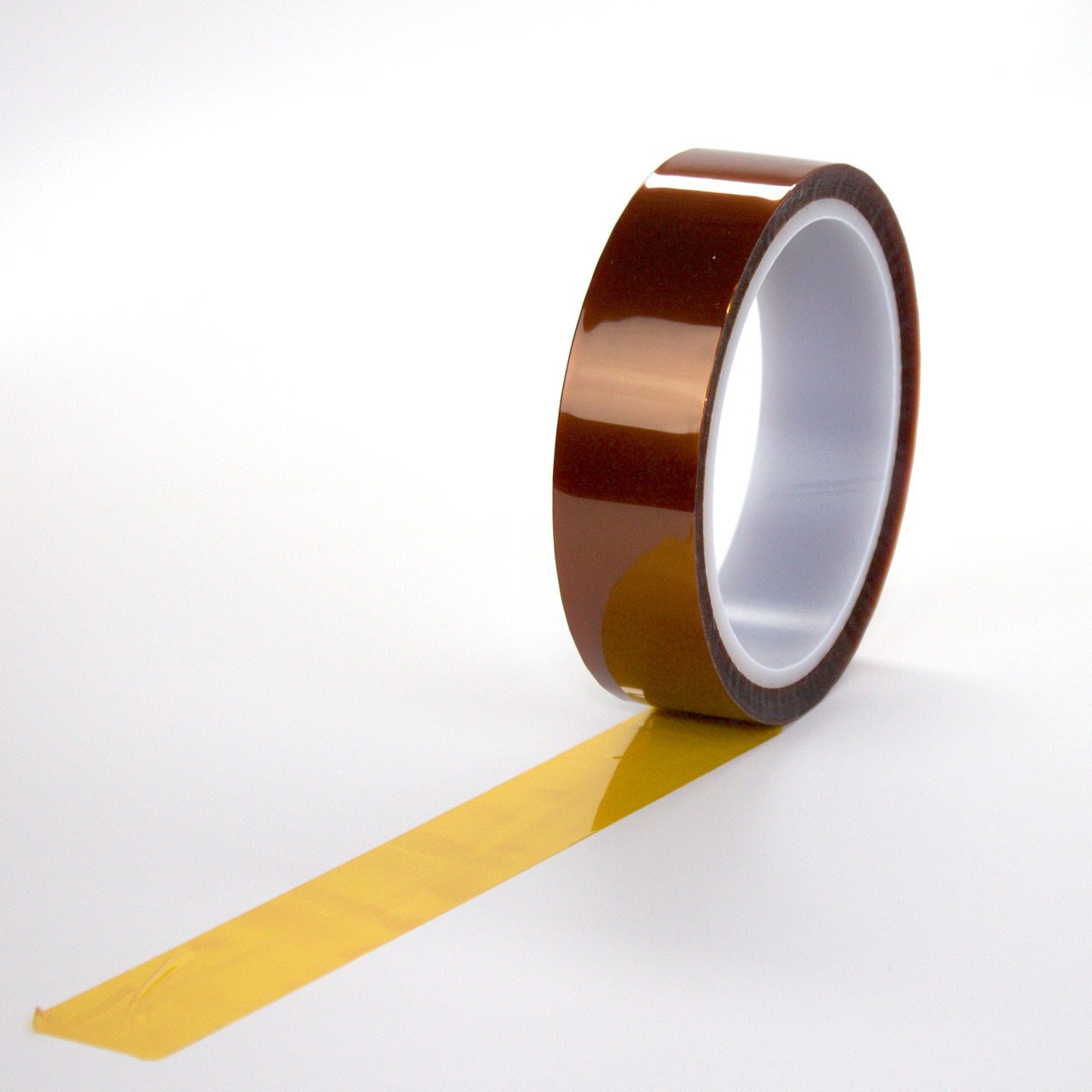Reflow soldering is a widely used process in the electronics industry for attaching components to printed circuit boards (PCBs). During the reflow soldering process, the components must be held securely in place to prevent movement or displacement. Kapton tape is the perfect solution for holding components during reflow soldering due to its high-temperature resistance, chemical resistance, and durability. In this article, we will discuss why Kapton tape is the perfect solution for holding components during reflow soldering.

High-Temperature Resistance
Kapton tape is known for its high-temperature resistance, which is one of the primary reasons it is the perfect solution for holding components during reflow soldering. The reflow soldering process involves exposing the PCB to high temperatures, which can cause the components to move or shift positions.
Kapton tape’s high-temperature resistance ensures that it can withstand the heat generated during the reflow soldering process, ensuring that the components remain securely in place during the process. The tape’s high-temperature resistance also ensures that it does not melt or degrade during the reflow soldering process, ensuring that the components remain protected.
Chemical Resistance
Kapton tape offers excellent chemical resistance, making it an ideal material for reflow soldering applications. The process of reflow soldering involves the use of various chemicals, including fluxes and solders, which can damage or degrade the tape and the components it is holding.
Kapton tape’s chemical resistance ensures that it can withstand exposure to reflow soldering chemicals, preventing degradation or damage to the tape and the components it is holding. This ensures that the components remain securely in place during the reflow soldering process, resulting in better product quality.
Tape Form
Kapton tape is available in various forms, including rolls, sheets, and custom die-cut shapes. The tape’s versatility in form makes it an ideal tool for holding components during reflow soldering.
Kapton tape’s roll form makes it easy to apply to various surfaces, ensuring a tight and secure hold around the components. The sheet form of Kapton tape is ideal for larger surfaces or components, such as PCBs. Custom die-cut shapes of Kapton tape are ideal for holding irregularly shaped components, ensuring that the components remain securely in place during the reflow soldering process.
Durability
Kapton tape’s durability makes it the perfect solution for holding components during reflow soldering. Kapton tape provides reliable and durable performance, ensuring that the components remain securely in place during the reflow soldering process.
Using low-quality holding materials may be initially cheaper; however, they may be more prone to failure, compromising the quality of the product and resulting in costly rework. Kapton tape’s high-temperature resistance, chemical resistance, and durability ensure that it can provide reliable performance for extended periods, reducing the need for frequent replacements.
Cost-Effective
Kapton tape is cost-effective in the long run. The tape provides reliable and durable performance, ensuring the quality of the product and reducing the need for costly rework. Kapton tape’s high-temperature resistance, chemical resistance, and durability ensure that it can provide reliable performance for extended periods, reducing the need for frequent replacements.
Using low-quality holding materials may be initially cheaper; however, they may result in costly rework if the components are not adequately secured during the reflow soldering process. Low-quality materials may also require frequent replacements, resulting in higher long-term costs.
Conclusion
In conclusion, Kapton tape is the perfect solution for holding components during reflow soldering. Kapton tape’s high-temperature resistance, excellent chemical resistance, tape form versatility, durability, and cost-effectiveness make it an ideal material for holding components during reflow soldering.
By using Kapton tape for holding components during reflow soldering, companies can ensure that the components remain securely in place during the process, resulting in better product quality. Kapton tape’s versatility in form ensures that it can be used for various holding applications, while its chemical resistance ensures that it can withstand exposure to harsh chemicals. Kapton tape’s cost-effectiveness in the long run ensures that it is a wise investment for companies looking to enhance their reflow soldering process.